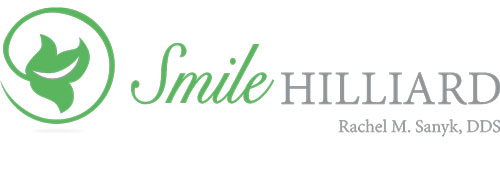Non-Surgical Periodontal (Gum) Treatment

The Importance of Treating Gum Disease
Periodontal disease has a large range of severity, and its earliest stage is typically referred to as Gingivitis. All stages of periodontal disease stem from the bacteria in dental plaque, which causes inflammation and damage within and below the gums. Typically, the early stages of gum disease do not cause any pain or discomfort, thus it is very important that you have regular check ups and exams to determine the health of your gum tissue.
In addition to the gums, periodontal disease can affect the structures that hold teeth within the jaw bone. If left untreated, gum disease will worsen and develop into a more dangerous stage of the disease. As periodontal disease progresses, you are more at risk for tooth mobility, infection, pain, and tooth loss. In addition, links have been discovered between gum disease and other serious health problems, including heart disease, stroke, diabetes, respiratory disease, low birth weight, and premature birth.
Our Approach to Gum Disease Treatment
At Smile Hilliard, we use the least invasive method possible to maintain periodontal health. We recommend a comprehensive, non-surgical periodontal treatment for cases where surgery is not necessary. Typically, this non-surgical option focuses on scaling and root planing.
This least invasive method of treating gum disease is done by cleaning the root surfaces to rid them of any plaque and tartar build up. After the cleaning, the root is smoothed over to eliminate any bacterial toxins that are to blame for the gum disease. Additionally, a therapy option that involves antimicrobial treatment can be used, if needed.
After a successful scaling and root planing treatment, most patients require ongoing maintenance in order to sustain periodontal health—in the form of proper brushing and flossing, as well as more frequent periodontal maintenance cleanings and exams, at which the progression of the gum healing is measured.





